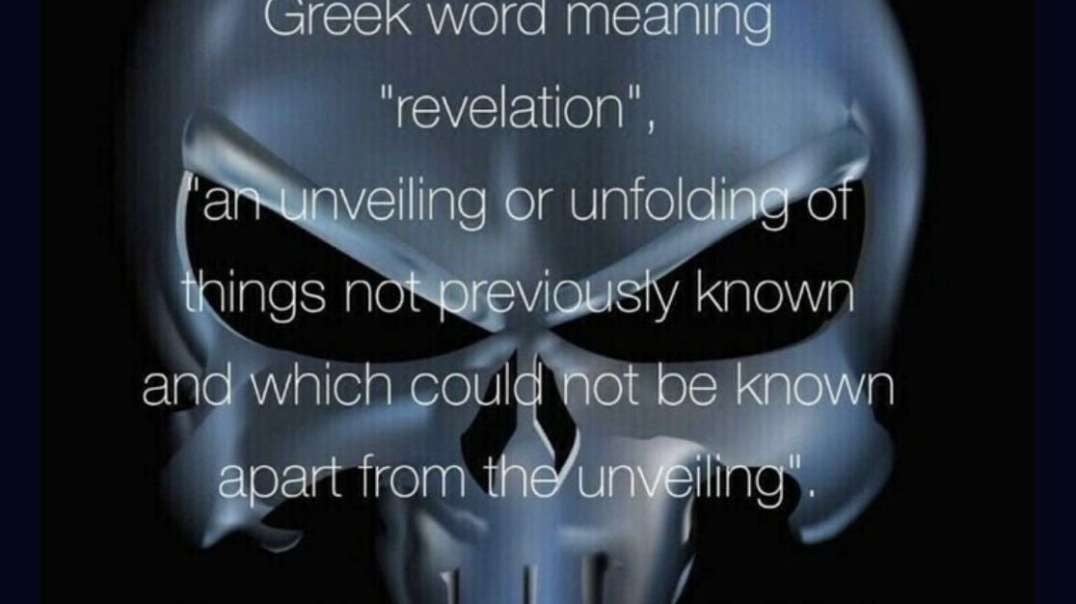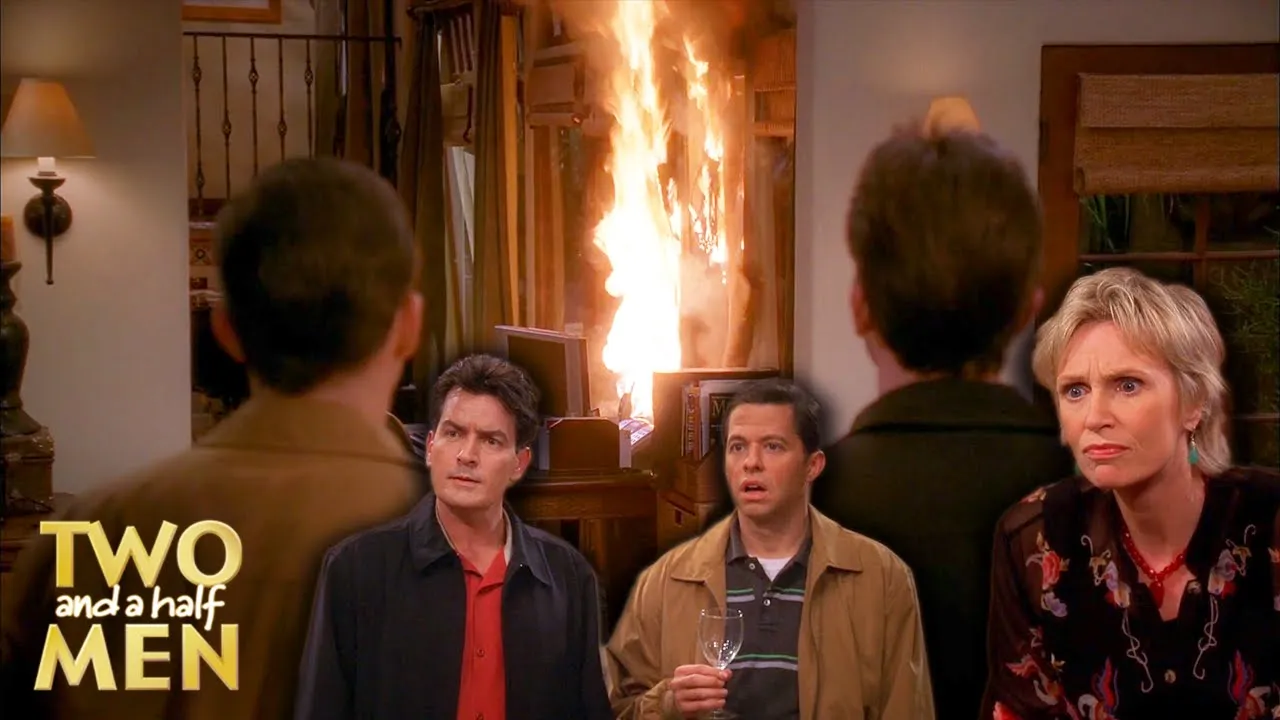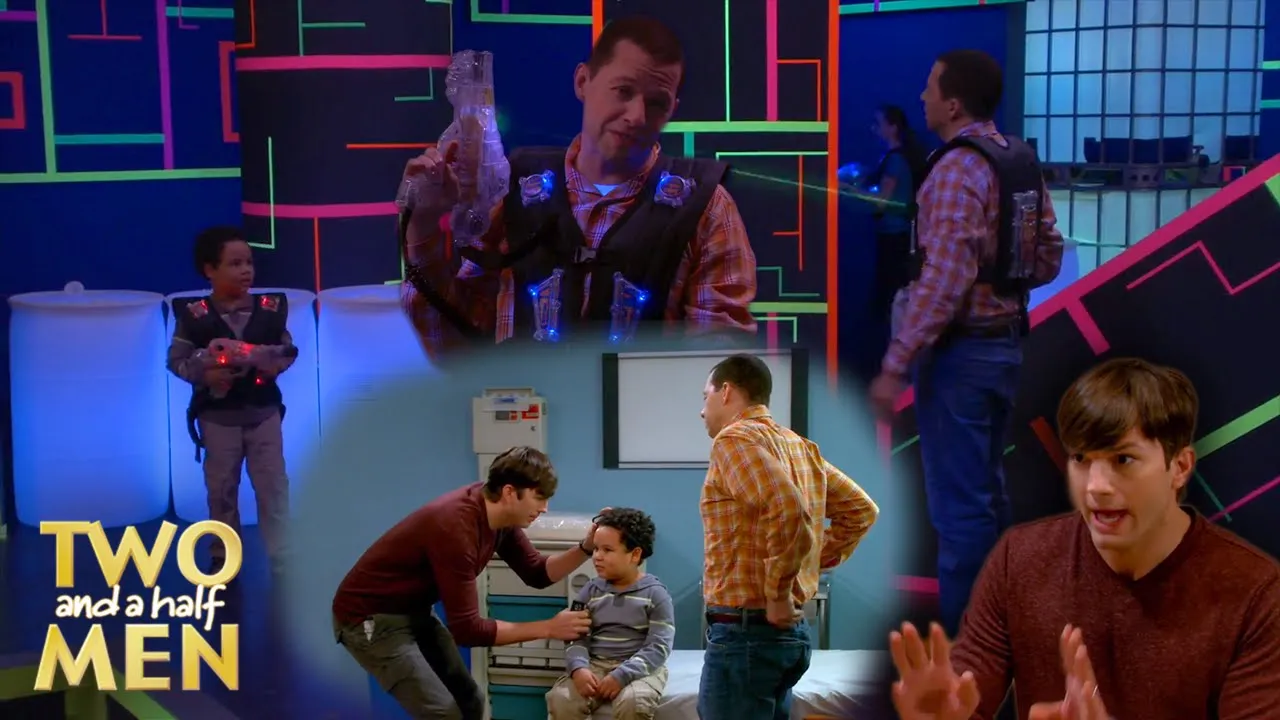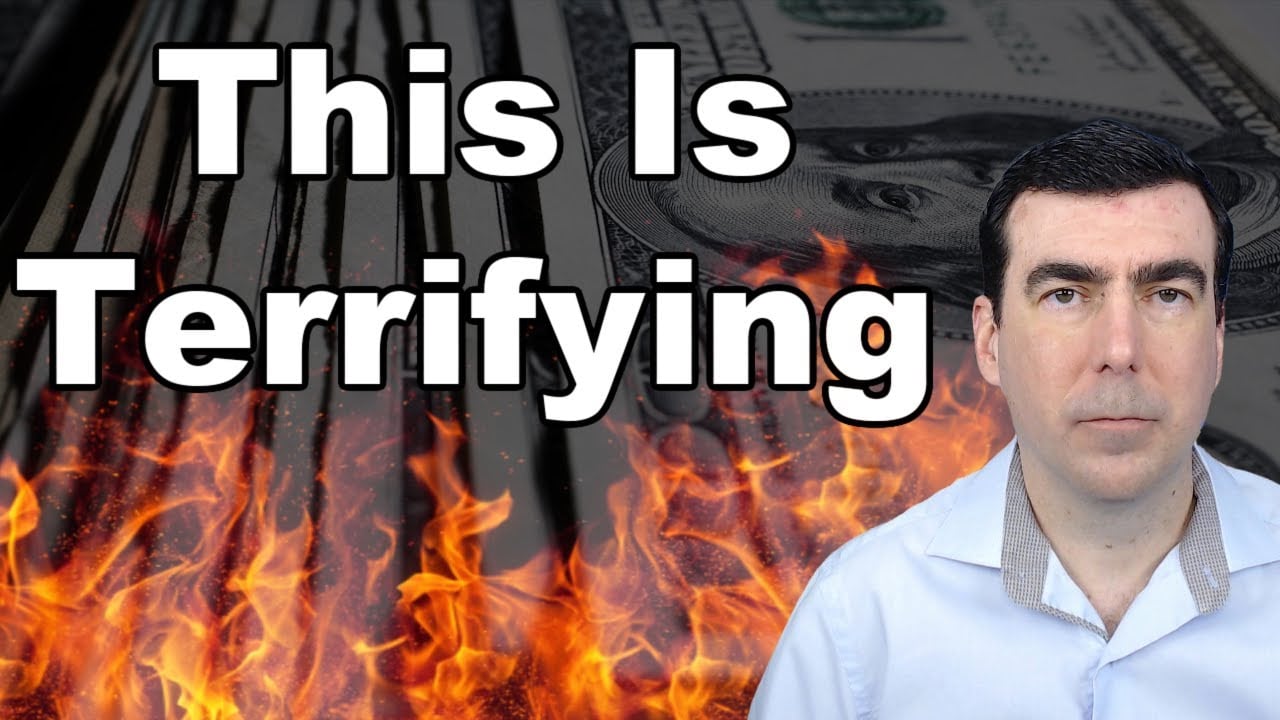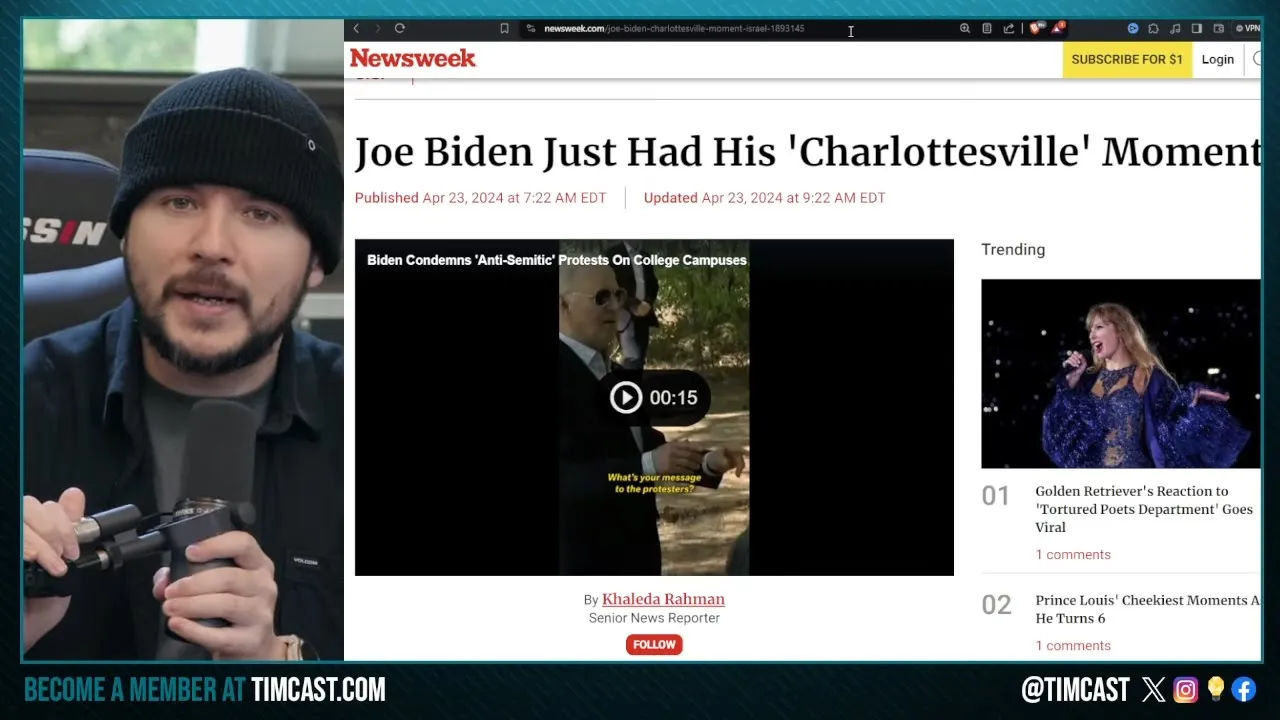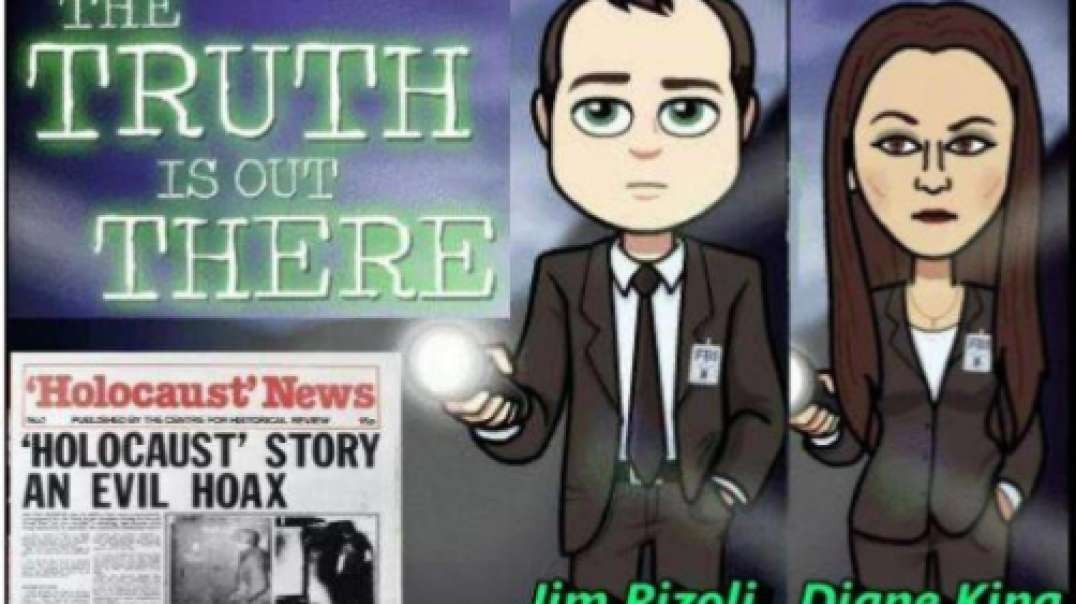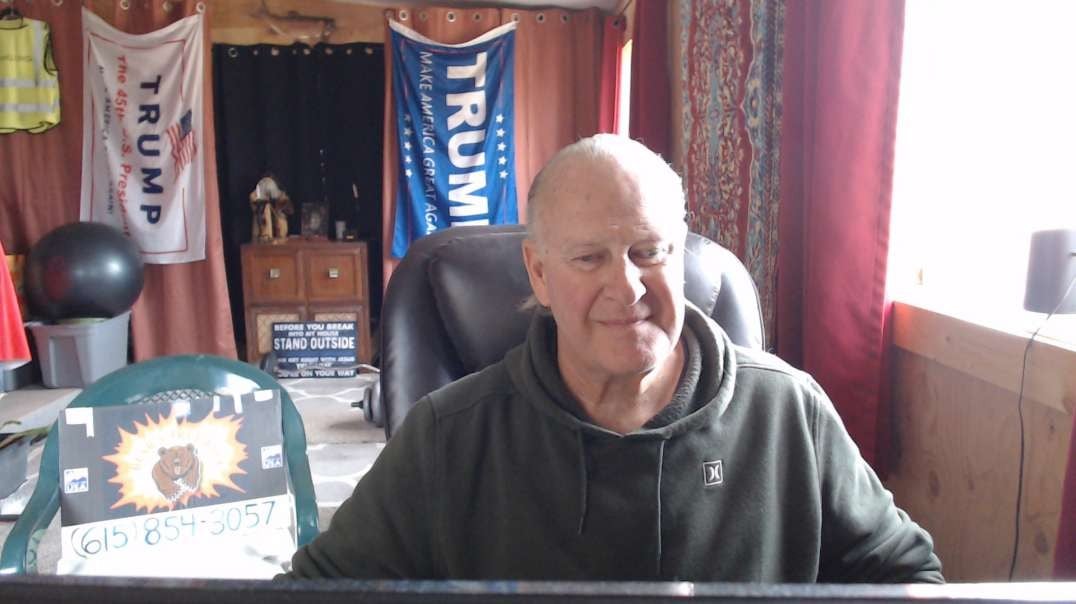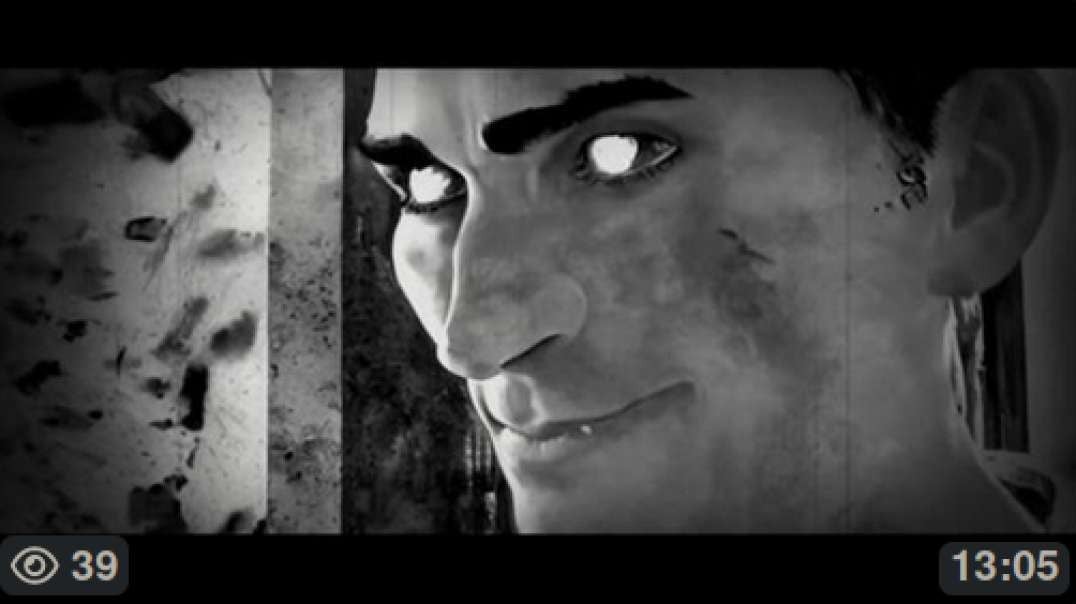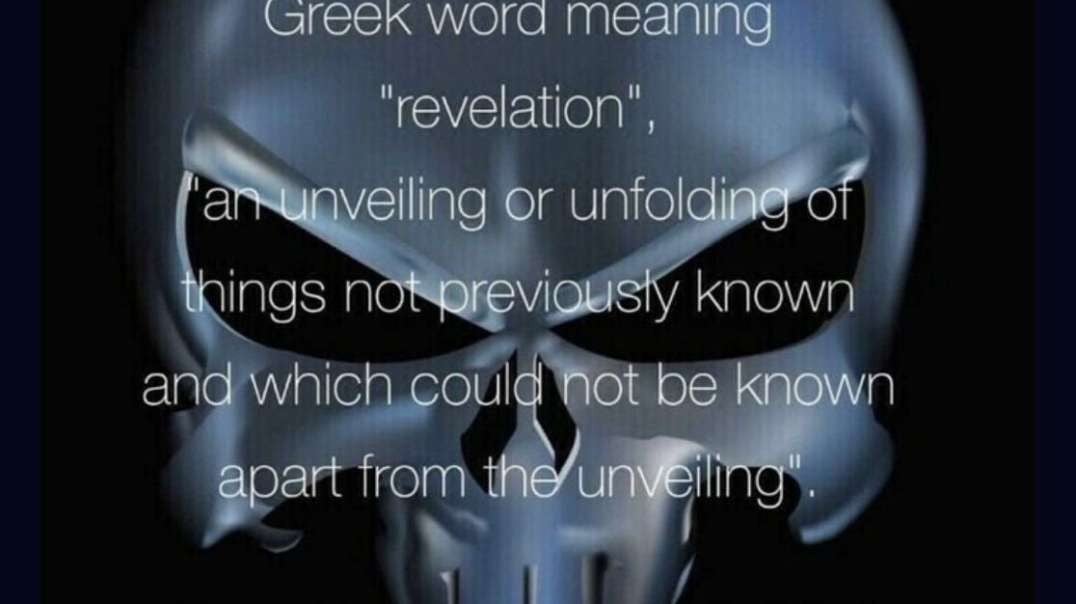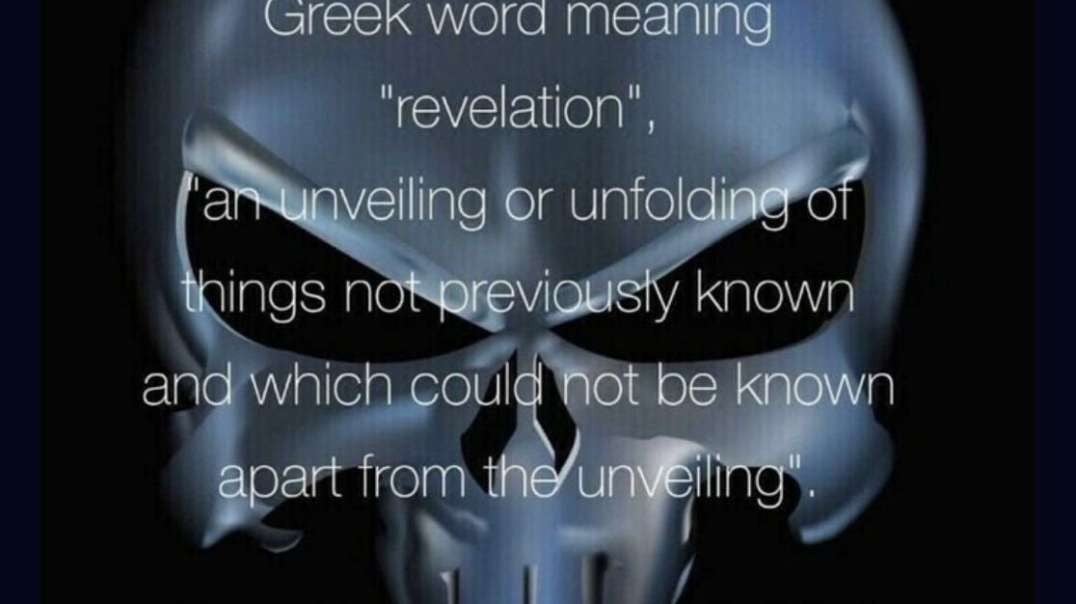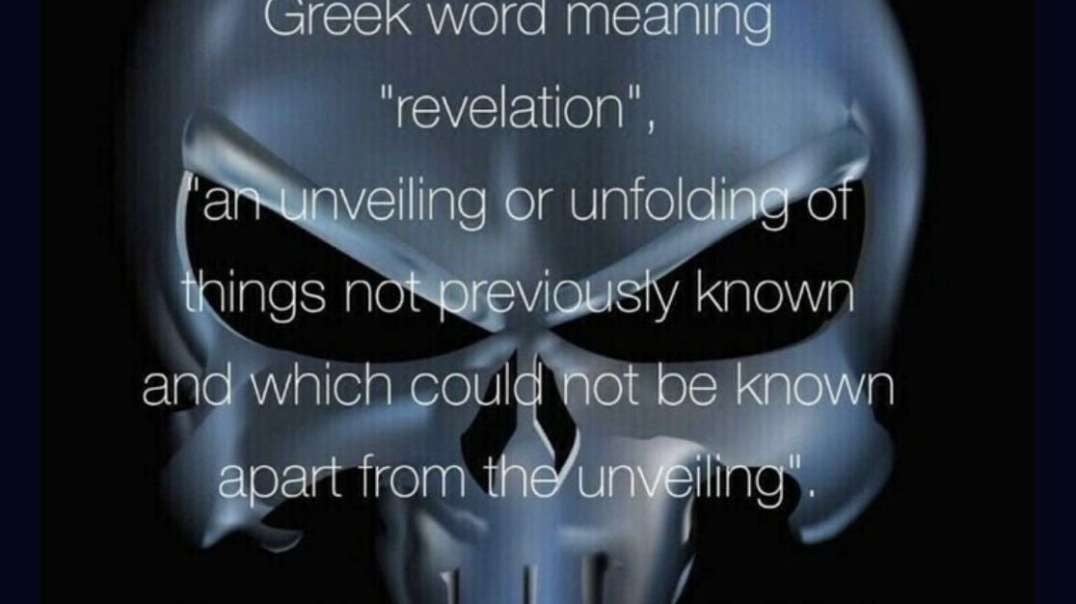The Physics and Philosophy of Time Travel
What if everything we know about time is merely an illusion? Visit https://brilliant.org/BeeyondIdeas/ to get started learning STEM for free. The first 200 people will get 20% off their annual premium subscription.
Could find a way out of it, by breaking the construct of how the universe progresses? And so, would it be possible to break the natural flow of time?
If you'd like to see more of this kind of video, consider supporting our work by becoming a member today!
https://www.youtube.com/BeeyondIdeas/join
Follow us on Instagram: https://www.instagram.com/beeyond.ideas/
Visualization of the Gödel universe
https://iopscience.iop.org/article/10.1088/1367-2630/15/1/013063
Miguel Alcubierre TEDx talk (in Spanish)
https://www.youtube.com/watch?v=4Gaq0mx2hL4
Table of content:
0:00 Opening
1:16 Defining time travel
4:37 Attempts to time travel
6:33 Intelligibility of backward time travel
7:49 Can we break the causal chain?
9:14 Closing
Credits:
Producer: Harry Dewang
Assistant editor: Aulia Prasetio
Motion graphics: Aulia Ramadhan
-----------
Script:
Often when people hear the term "#TimeTravel," it is in relation to a person going either forward or backwards in time, without any physical changes to their body. It would be funny if you travel back in time to see a baby version of you, 20 years ago. But instead, when you jumped out of the machine, you are in the shape of a baby, just like the one you’d like to see in the first place.
In our understanding of the normal flow of time, we are actually moving from the past to the future. There are different interpretations of this, but what people usually refer to as time travel usually means either getting to the future faster or travelling into the past. In any case, instead of the normal flow of time, we change the rate by some X amount.
According to Newtonian mechanics, we either perceive time as linear and deterministic. But ever since Albert Einstein published the theory of relativity, the Newtonian conception of absolute time and space has been replaced by the idea that time has a subjective significance to everyone. In this case, time is one dimension of space-time in special relativity (SR). And of dynamically curved space-time in general relativity (GR).
From here on, the possibility of moving backwards or forwards in time might not be as farfetched as one might think. In this case, it might just be as simple as how ordinary beings can move between different points in space.
There are many different hypothetical answers for time travel, and over the years, those scenarios have been put forward by notable scientists. Essentially, these scenarios are different from the notion of a physical machine with levers and dials that H.G. Wells proposed.
Einstein also previously showed that time actually runs differently in different situations. This basically implies that time passes at different rates for different observers based on their travelling speed.
Here’s a very interesting example. The astronauts onboard the ISS orbit the Earth at 28,000 km/h (17,500 miles/h). Taking into account the conflicting factors of GR and SR, we’ll get the net time dilation effects on the astronauts with respect to an observer on the planet’s surface.
The astronaut onboard the spaceship will get a #TimeDilation of -0.000026 seconds per day. For a typical crew member who stays on the ISS for 6 months, the total time dilation would be about 5 milliseconds. In such a case where the astronaut has a twin, the astronaut has experienced less passage of time than his twin counterpart who remained on the Earth’s surface.
Giving the option to fast-forward through time is a pretty cool idea. Though it would be a one-way process where you wouldn't have the chance to go back. There might, however, be some scientific basis within the theory of relativity, supporting the possibility of time travel under certain scenarios.
There was a scientist named Kurt Gödel in the early 19th century. He showed that there are some solutions to the field equations of GR. It describes space-time so warped that they contain “closed time-like curves”. This is where an individual time-cone twists and closes in on itself. It allows a path from the present to the past or to the future.
Since we're on the topic, we'll mention a few notable attempts by popular scientists on time travel.
In 1994, Theoretical physicist Miguel Alcubierre proposed a speculative scenario. This involves a spacecraft that would contract space in front of it, and expand space behind it. If this shortcut is taken, it will result in effective faster-than-light travel. You might even be able to use it for time travel.
Other theoretical physicists have been thinking about these kinds of shortcuts as well. For example, Kip Thorne and Paul Davies think it's possible to use a wormhole and travel through space-time. In a similar way as GR could be used to make instantaneous spatial travel plausible.
